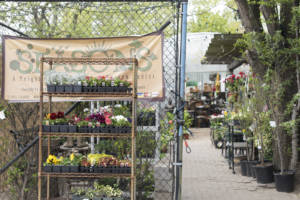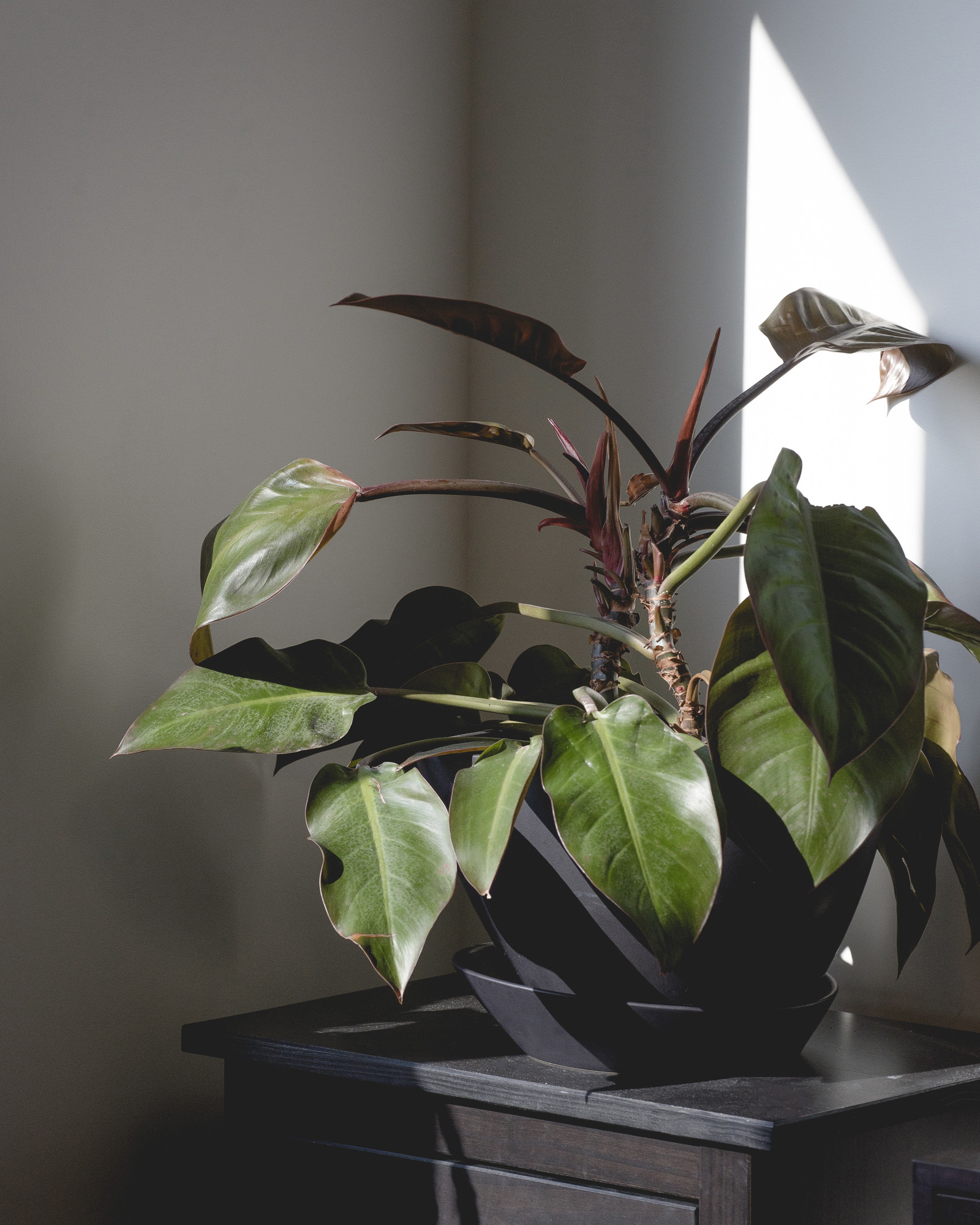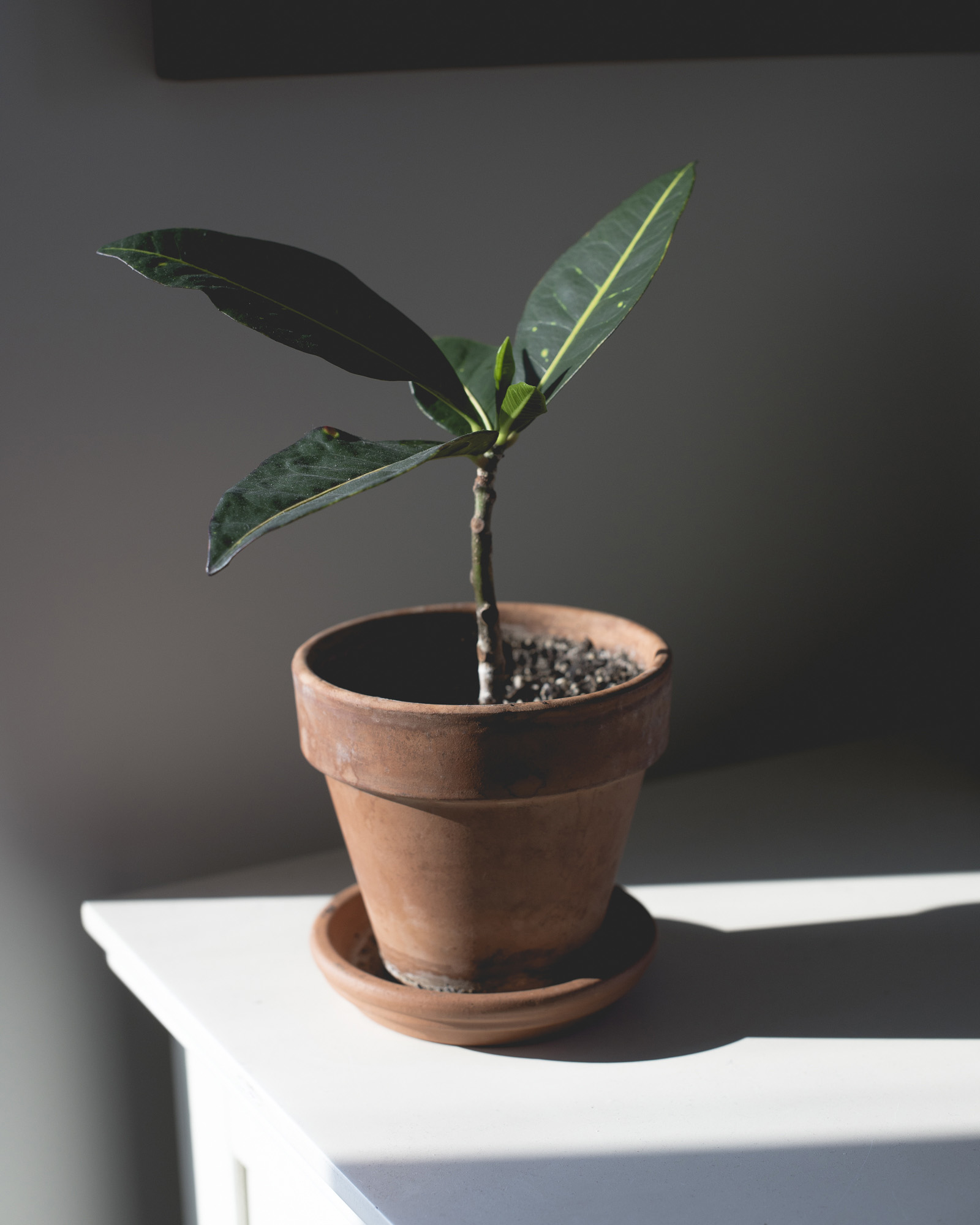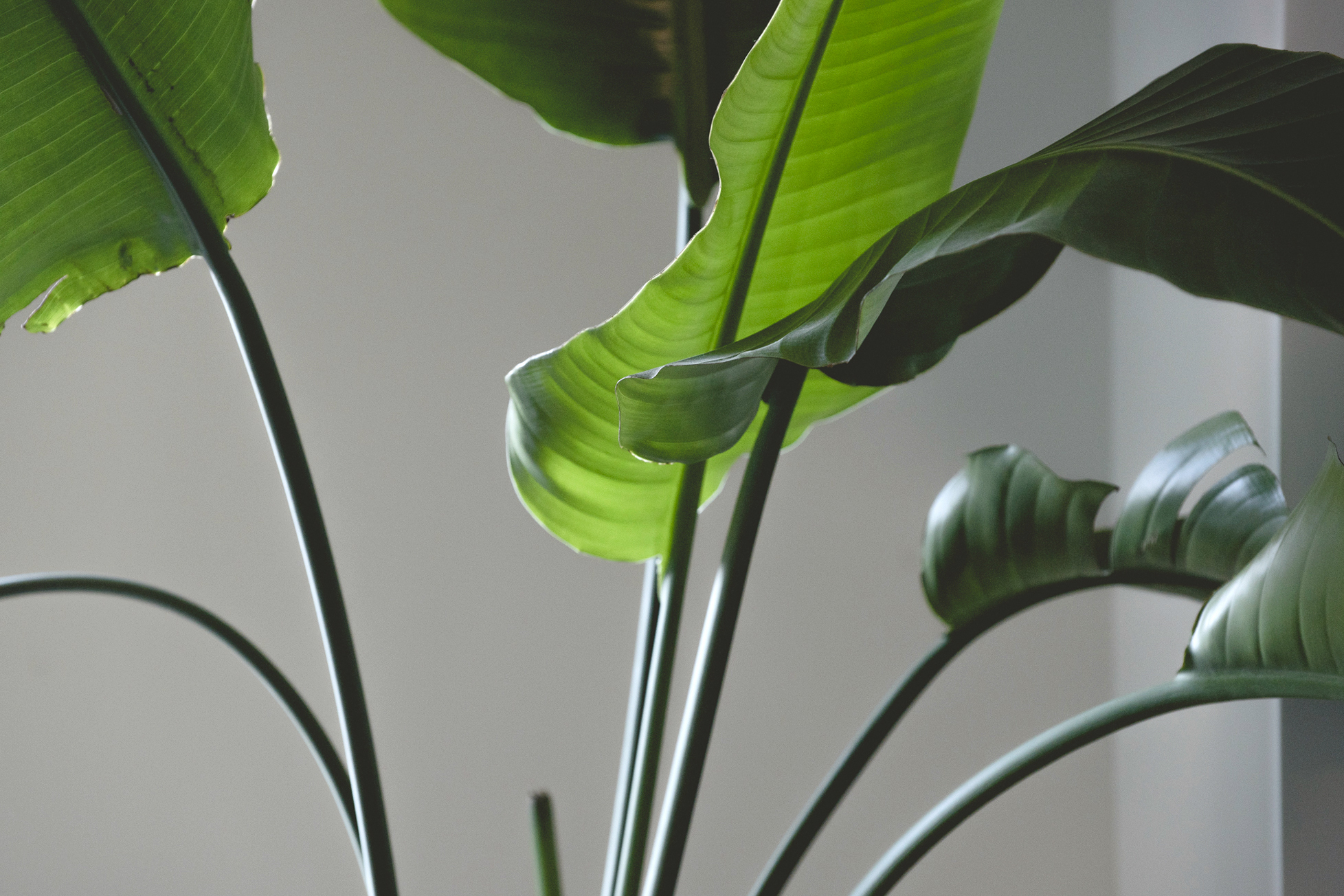
Confessions of a Millennial Plant Mom
My friends often refer to me as a proud “plant mom”. Although they’re probably making fun of me, I’ve adopted the title very willingly and talk about my plants like they’re my children; if my boyfriend didn’t politely cap me at twenty houseplants, our apartment would eventually turn into a jungle. I’d like to say that I’ve always been this way, but it really only started nearly two years ago with Earl.
Back in my old Brooklyn neighborhood, I passed by a greenhouse called Seasons almost every day. In the summer it smelled like fresh-cut grass and lavender; in the winter, pine needles and wood. It seemed like a sanctuary to me, one that I felt unworthy to enter. An apartment full of plants—though a long-time dream of mine—always felt unreachable due to the fact that my attempted plant care history was full of casualties. In college, I managed to kill a small money tree with a tag on it that literally said “impossible to kill”. Who has ever successfully killed bamboo? This girl. But on one late summer day in 2015, despite my insecurities, I made a spontaneous left turn into Seasons and met a woman named Deborah.
Once she got past the fact that I had been in the neighborhood for two years without a prior visit to her shop, she grabbed an imperial red philodendron from the counter and handed him to me. “Bright indirect sunlight. Let him dry out completely before you water. Repot him in a year. Also, name him. He’s alive, just like you.” That was the day I took Earl home and decided I would end my string of serial plant killings once and for all.
I put him (Earl) on the side table in the living room next to my couch. I’d often read next to him and watch new leaves sprout and feel proud of it. The days turned into weeks, weeks turned into months, and the longer he stayed alive, the more exciting it all became. So a few months later—on a trip to the New York Botanical Garden,—I bought Esmerelda, a pink and white polka dot plant. The woman at check out told me when they’re really happy, they’ll sometimes grow purple flowers… challenge accepted.
The days turned into weeks, weeks turned into months, and the longer he stayed alive, the more exciting it all became.
Once I hit the six month mark with no sign of death in sight, an addiction formed. Next came Freida, an adorable little croton bush, and Eleanor, my finicky and always thirsty peace lily. My succulents— Rose, Dorothy, Blanche, and Sophia— took over my sunny kitchen window. When I learned that a five-year-old indoor coffee plant can produce coffee beans and flowers (!!), I had to have one. Thus, Coco and I are now in this for the long haul. Once I moved to a bigger space in Queens, I even adopted a 4-foot-tall bird of paradise plant (Ava) from a stranger on Facebook’s Marketplace. (She barely fit in the cab and I’m pretty sure the driver thought I was insane, but she needed a good home and I am shameless.)
Bringing plants into my home not only gave me a therapeutic indoor garden but showed me that I am capable of keeping something alive. While they’re not as complicated as babies or puppies, that doesn’t stop me from treating them as such. (It’s science.) Not to mention they come with their own set of problems: I’ll never forget the hot summer day that I saw tiny red dots developing on Earl’s leaves. (As he’s my original success story, he’s got a special place in my heart.) After a minor meltdown, I carried Earl—who weighs about 50 lbs—for 8 blocks in 97 degree weather so that Deborah at Seasons nursery could diagnose it as a fungal infection. Apparently that can happen to plants when humidity runs high. Who knew? Now I do. Fortunately, with almost a whole spray bottle of fungicide and a few lost leaves, Earl prevailed and I did a happy dance.
I’ve learned to check for tiny webs every time I bring a new plant into my house because spider mites are the actual devil. When Esmerelda started getting too leggy, I learned that polka dot plants have to be pinched every so often so that they learn to grow out instead of up. I also realized quickly that I kill succulents by loving them way too much. Now that I’ve toned down the watering, I’ve had much more success. (RIP Blanche, the Golden Girls will never be the same.) Just remember, people: Google is your friend. Use it.
Plants don’t speak English, but they do have a language. If something isn’t working, they find a way to let you know as long as you’re paying attention. Yes, there’s an appealing aesthetic to an apartment full of greenery, but watching them grow up and learning how to take care of them is the most rewarding part of owning plants. I’ve become a more patient and mindful person and it’s all thanks to them. So if you, too, have ever felt discouraged or intimidated by plant parenting, my advice is to adopt a plant and pay attention. Even just one. It may become three, then five, or in my case, twenty, and that’s okay, too. Just make sure—no matter how many you have— that you give each plant a good name, because they’re alive, just like you. And for those of you who are wondering: Esmerelda has sprouted beautiful purple flowers on more than one occasion. Mission accomplished.
Want to get started with your own house plants? Read our article about the health benefits of indoor greenery or check out our infographic of the best air-purifying plants for your home or office.





































